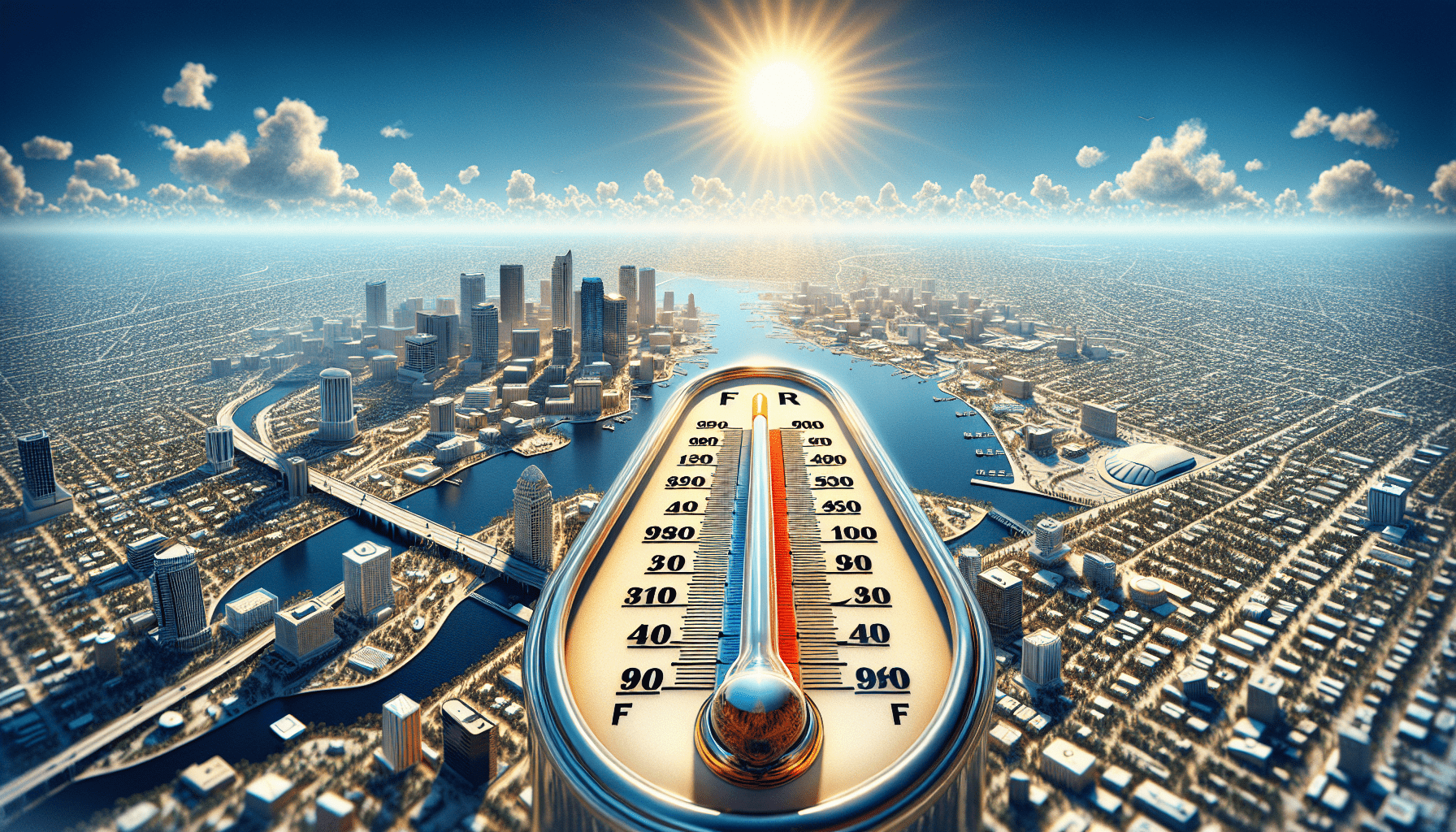Welcome to the sunny city of Tampa, where the warm weather is a big draw for residents and tourists alike. While it may have a reputation for being hot all the time, there are actually some cooler months to enjoy as well. From the beautiful beaches to the vibrant culture, Tampa offers a diverse and exciting experience for visitors of all ages. So, pack your bags and get ready to explore this dynamic city! Is it always hot in Tampa? Whether you’re a frequent visitor or considering moving to the area, you may be wondering about the weather in this vibrant city in Florida. Tampa is known for its warm climate and sunny days, but is it always hot? Let’s delve into the temperature patterns and climate of Tampa to give you a better understanding.
Weather Patterns in Tampa
Tampa, located on the west coast of Florida, experiences a humid subtropical climate. This means that the city has hot, humid summers and mild winters. The weather in Tampa is influenced by its proximity to the Gulf of Mexico and the Atlantic Ocean, resulting in warm temperatures year-round.
Summer in Tampa
During the summer months in Tampa, which typically span from June to September, you can expect hot and humid weather. The average high temperatures range from the upper 80s to mid-90s (°F), with high humidity levels making it feel even hotter. Afternoon thunderstorms are common during the summer, providing temporary relief from the heat.
Winter in Tampa
Winter in Tampa, from December to February, brings milder temperatures compared to the sweltering summers. The average high temperatures range from the 60s to 70s (°F) during this time of year. While snow is rare in Tampa, chilly nights can occur, with temperatures occasionally dropping into the 40s.
Temperature Averages in Tampa
To get a better idea of the temperature variations in Tampa throughout the year, let’s take a look at the average highs and lows for each season.
| Season | Average High (°F) | Average Low (°F) |
|---|---|---|
| Summer | 90 | 75 |
| Fall | 85 | 65 |
| Winter | 70 | 50 |
| Spring | 80 | 60 |
As you can see, Tampa experiences a significant difference in temperatures between seasons, with summer being the hottest and winter being the coolest.
Rainfall in Tampa
In addition to temperature variations, rainfall patterns are also an important factor to consider when thinking about the weather in Tampa.
Rainy Season
Tampa experiences a wet season from June to September, coinciding with the summer months. During this time, heavy rainfall and thunderstorms are common, leading to localized flooding in some areas. The city receives the majority of its annual rainfall during the wet season.
Dry Season
The dry season in Tampa lasts from October to May, with significantly lower rainfall compared to the wet season. Sunny days are more frequent during the dry season, making it an ideal time to visit or explore the city.
Weather Extremes in Tampa
While Tampa is known for its warm and sunny weather, the city can also experience weather extremes from time to time.
Hurricanes
Tampa is located in a region that is susceptible to hurricanes and tropical storms during the Atlantic hurricane season, which runs from June to November. While direct hits from hurricanes are rare in Tampa, the city can still experience heavy rainfall, strong winds, and storm surge from these weather systems.
Heatwaves
During the summer months, heatwaves can occur in Tampa, leading to extremely high temperatures and elevated humidity levels. It is important to stay hydrated and take precautions to avoid heat-related illnesses during these periods of intense heat.
Best Time to Visit Tampa
Considering the weather patterns in Tampa, the best time to visit the city depends on your preferences and what activities you have planned.
Peak Tourist Season
The peak tourist season in Tampa falls during the winter months, from December to February, when the weather is mild and pleasant. However, this also means larger crowds and higher prices for accommodations and attractions.
Shoulder Seasons
For those looking to avoid the crowds and still enjoy favorable weather, the shoulder seasons of fall (September to November) and spring (March to May) are excellent times to visit Tampa. The weather is generally pleasant during these times, with fewer tourists and lower prices.
Summer
While summer in Tampa can be hot and humid, it is the off-peak tourist season, making it a good time to visit if you prefer fewer crowds and lower prices. Just be prepared for afternoon thunderstorms and high humidity levels during this time of year.
Conclusion
In conclusion, while it is not always hot in Tampa, the city does experience warm temperatures year-round due to its humid subtropical climate. Understanding the weather patterns, temperature averages, and rainfall patterns in Tampa can help you better plan your visit or decide if it is the right place for you to live. Whether you enjoy sunny days at the beach or prefer milder temperatures, Tampa offers a variety of weather experiences throughout the year. Always remember to check the weather forecast before your visit to be prepared for any weather extremes that may occur in this vibrant Florida city.
